The French army from Phan Thiet occupied La Gi/Ham Tan on the third day of the Binh Tuat Lunar New Year (February 4, 1946), just five months after the August Revolution uprising with the miraculous battle of Doi Duong, the organization of the government apparatus, defense forces, and armed forces were not yet stable...
Many people still remember when the French army convoy marched along the imperial road through Truong Tien to La Gi. The leading vehicle flew a red flag with a yellow star, so some militiamen, thinking it was the province's revolutionary force, stood up and cheered, but they quickly realized that the enemy was deceiving us and immediately alerted the agency and the people to evacuate to Thanh Minh hill, Lang Gang forest, Suoi Dua... to hide. From then on, the historical milestone for the resistance war against the French in Ham Tan began the "empty garden and empty house" period and became the southern base area of Binh Thuan province until the victory with the Geneva Agreement in 1954. At this time, France also occupied some eastern provinces, a detachment led by Nguyen Minh Chau from Ba Ria withdrew to Ham Tan, dispersed in the areas of Tam Tan, Phong Dien, Hiep Nghia under the protection of the local people. In mid-1946, the Nam Chau armed unit was merged into the newly established 82nd Regiment, with the code name Hoang Hoa Tham Company operating in Ham Tan area and Phan Dinh Phung Company operating in Ham Thuan...
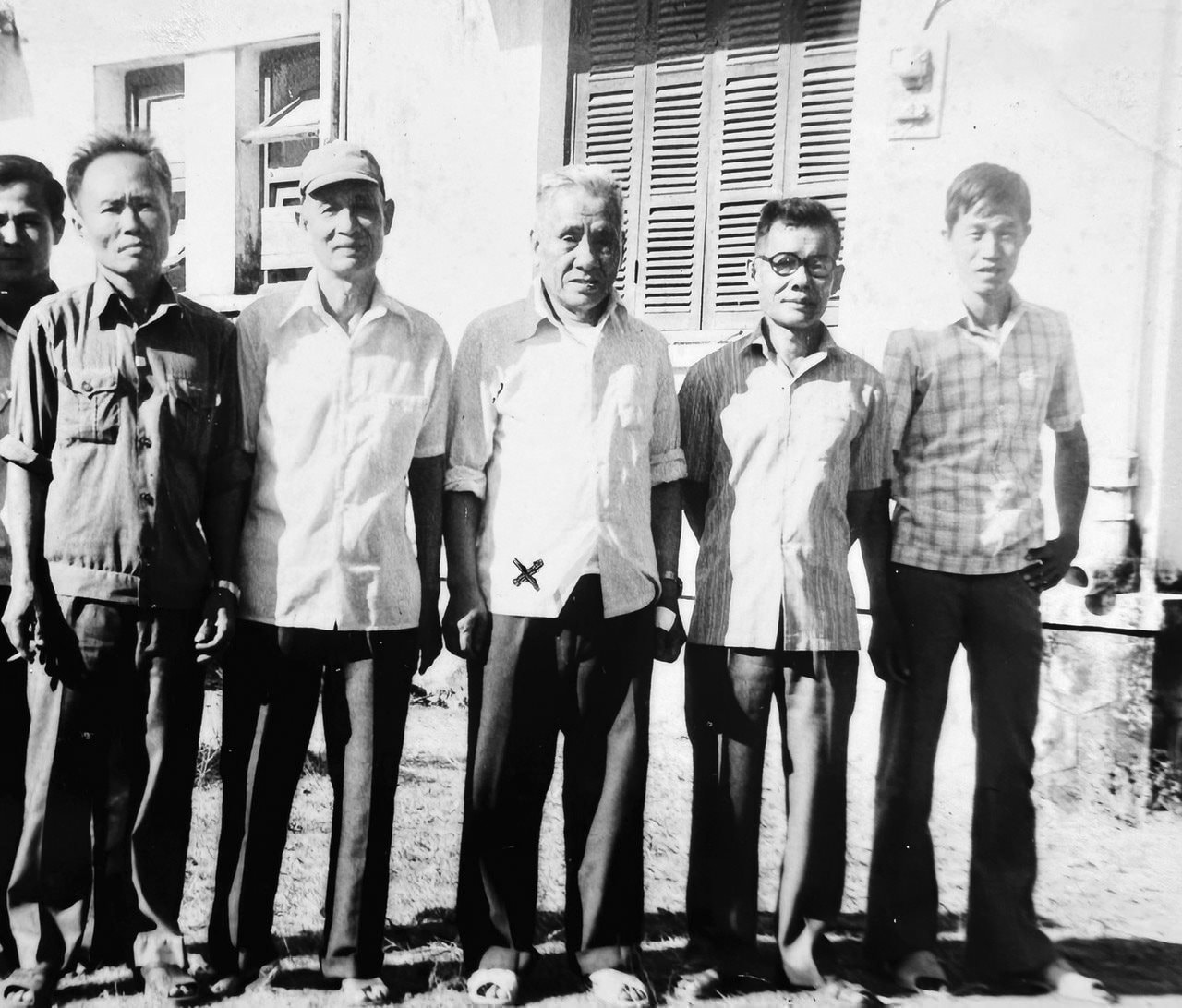
Implementing the policy of the Party Central Committee, Ham Tan urgently built up the self-defense armed forces and established the first company supported by the province. From the self-defense militia force, it developed into a local national defense unit, coordinating with the Hoang Hoa Tham and Phan Dinh Phung units of the 82nd Regiment of Binh Thuan province to create an increasingly stable strategic position, causing many difficulties for the French military bases in La Gi, Tan Ly, Tam Tan and further away Thanh My, Thang Hai... Also during this time, many coordinated ambush battles such as Lang Cat (Tan An), Ben Do Ong Ra (Tan Ly), Ke Thon post (Tam Tan), Ba Dai Cho La Gi post... created a new momentum for armed activities, combined with the destruction of evil, causing many losses and fear to the enemy.
But the most influential mark was the strategic battle at the Ma Thanh oil forest on August 7, 1947 (Tan Ly, La Gi today). At that time, the French mobilized a large-scale armed force, including a herd of war horses, to rush forward to the villages of Tam Tan, Phong Dien, Thanh My... At the same time, the Hoang Hoa Tham Company of the 82nd Regiment, commanded by Captain Nguyen Minh Chau (aka General Nam Chau), was present in La Gi. It was difficult to imagine a battle in which only one company, with rudimentary weapons, faced a French force, equipped with powerful firepower, while our side was completely unequal in strength and at risk of being passive. However, the vision, strategic talent, and decisiveness of Captain Nam Chau and the advantage of the terrain created surprise, forcing the enemy into a state of panic. The battle, with the intelligence and bravery of the combined forces, quickly ended and was victorious. Right on the battlefield, 47 enemies were killed and 18 were wounded, including 2 French officers. As for weapons, we captured 1 Brem machine gun, 1 Sten submachine gun, 37 British rifles and many ammunitions, military equipment... On our side, 2 soldiers were killed and 3 were wounded. A result so great that we could not have imagined it at that time.
By October 1948, the local militia force had developed into the establishment of the District Militia Team with Mr. Hua Tu An as the district team leader and each commune had a guerrilla squad to escape... Perhaps due to the impact from the battlefields in the province, by mid-1949, the French withdrew from La Gi station, the last stronghold, so that this area completely belonged to the resistance base of Binh Thuan province.
The reputation of the Nam Chau troops in 1947-1948 was not only associated with the Ham Tan - La Gi resistance area but also created prestige through the strategy of disguise, only one squad attacked randomly, destroyed the Lau Ong Hoang post and many battles took place in Ham Tan, La Gi such as the Song Dinh battle (Tan Nghia), Lang Cat battle (Tan An), the Cau Cui anti-sweep battle, the So Bo Ngay battle, the Kho tree battle... with the ability to use the situation to defeat the enemy and became experience and battle record in the military history of Binh Thuan.
I was fortunate to have access to living witnesses of that spirit, during the process of participating in seminars, research, and collecting local historical documents through the ages. This was also an opportunity for leaders who were in their 70s and 80s, who had a role here at one time, to reunite and tell each other about their comrades, the difficult days, the fiery times. I truly admired their images of years of struggling, sharing hardships with the movement and contributing to this homeland. Among them, General Nam Chau with his simple style, a loyal heart. The times he returned to his wife's hometown in Phong Dien with Mrs. Nga to visit the old garden, even though the rows of coconut trees and areca trees were no longer laden with fruit due to war and old age. The conical hat he always carried, placed on the back seat of the new standard car, seemed out of place but expressed his honest, rustic personality - of a general with extensive experience in battle.
Reliving the emotions of the miracle of a stormy journey of the country, the homeland has produced many historical figures, immortal monuments... Among them, for me the image of the late Senior Lieutenant General Nguyen Minh Chau that I admire from the bottom of my heart. General Nguyen Minh Chau was born in 1921 in Thai Binh commune, Chau Thanh district, Tay Ninh province. From an early age, he joined the August Revolution forces in 1945 in the locality and worked as a spy in the Saigon area. From a brave scout of a Squad Leader, Squad Leader... then became the commander of a unit fighting the enemy to hold Thi Nghe Bridge in Saigon... He was successively the Battalion Commander of Battalion 186, Regiment 82, directly in battles in Ham Thuan, Phan Thiet, Ham Tan in Binh Thuan province and the border area of Xuyen Moc, Ba Ria... By the end of the war against the French in 1954, he was the Commander of Regiment 108, Regiment of Inter-zone V, then Chief of Staff, Deputy Commander of Division 305 and then Division 325, Military Region IV - at that time he was only about 34-36 years old.
During the most difficult time, General Nam Chau's forces were stationed in Phong Dien and Tam Tan areas. From here, the relationship between General Nam Chau and Mrs. Huynh Thi Nga became husband and wife. The alias Nam Nga was added, from which we can see his passionate love for a noble lady, overcoming social class distinctions. Mrs. Nga was the most beautiful girl in Phong Dien village (now Tan Thuan commune, Ham Thuan Nam district) belonging to a wealthy landlord family. However, the patriotic tradition of the local people was always strongly promoted, becoming a movement in the successful August Revolution. Mrs. Huynh Thi Nga's father, Mr. Huynh Mao (also known as Dap Mao), was present in the uprising force to seize power and Mr. Huynh Mao acted as Chairman of the Provisional Revolutionary People's Committee of Phong Dien village... until 1946 in Ham Tan, the government of the 3 Phong Dien villages merged into Hoa Binh commune, Ham Tan district. After the French recaptured Ham Tan, due to the enemy's evil intentions, they hunted down and executed Mr. Huynh Mao right at La Gi market in order to terrorize the local revolutionary movement.
The close relationship between the people of Ham Tan - La Gi, especially Phong Dien village, and the armed forces commanded by Nguyen Minh Chau company became close and authentic with the meaning of military-civilian love in the circumstances at that time.
During the anti-French resistance, it can be said that the footprints of General Nam Nga's forces marked glorious victories in the Ham Thuan - Ham Tan area... Later, during the anti-American period, General Nguyen Minh Chau continued to hold many important military command positions, closely associated with the battlefields of Inter-Zone V, Zone VI and Binh Thuan.
He held the position of Commander of Military Region VII, then Deputy Inspector General of the Vietnam People's Army until his retirement at the age of 78 with the rank of Senior Lieutenant General. There are many words of praise with honor, with deep impressions of the legendary general, living a simple life... It is impossible to tell all the military career of the famous military man Nguyen Minh Chau, but the soldiers under his command and the people in the lands where he was stationed are familiar with the name General Nam Chau with admiration and love. Therefore, the people in Ham Tan, La Gi also call him by the affectionate and respectful nickname - General Nam Nga.
Source: https://baobinhthuan.com.vn/tuong-nam-chau-mot-thoi-voi-ham-tan-la-gi-126678.html


![[Photo] Panorama of the Opening Ceremony of the National Press Festival 2025](https://vphoto.vietnam.vn/thumb/1200x675/vietnam/resource/IMAGE/2025/6/20/6b835ee92c2c4df587af73cb2d1f4f5f)





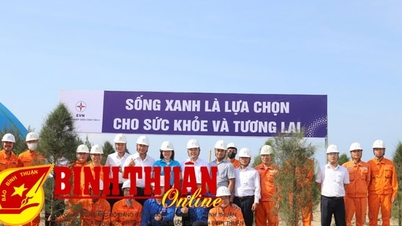

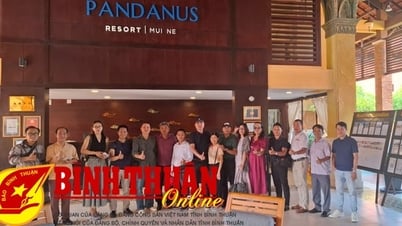
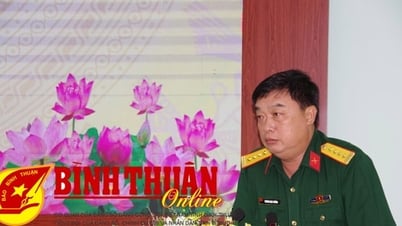

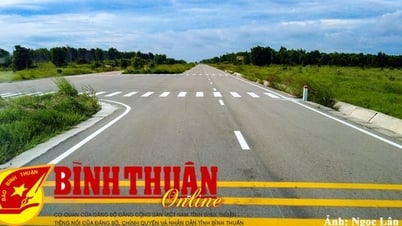
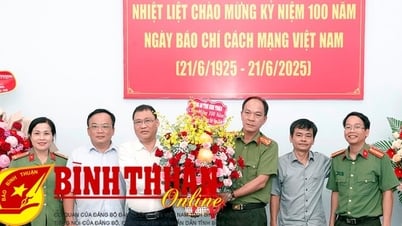









![[Maritime News] Wan Hai Lines invests $150 million to buy 48,000 containers](https://vphoto.vietnam.vn/thumb/402x226/vietnam/resource/IMAGE/2025/6/20/c945a62aff624b4bb5c25e67e9bcc1cb)
![[Photo] General Secretary To Lam chairs the 14th Central Military Commission Conference](https://vphoto.vietnam.vn/thumb/1200x675/vietnam/resource/IMAGE/2025/6/20/a9d25fc6dd664fb9a3757502f32e5db0)





























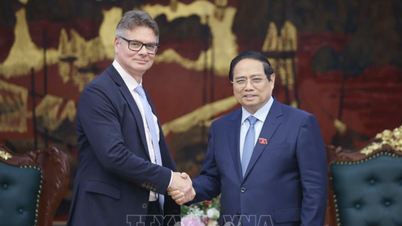








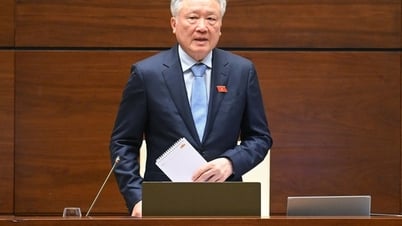
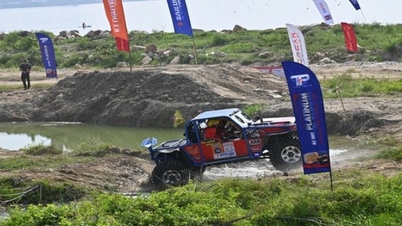



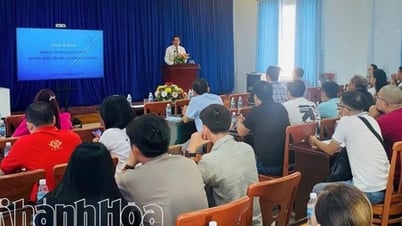



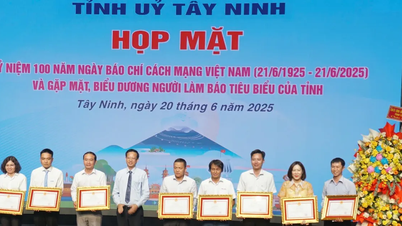
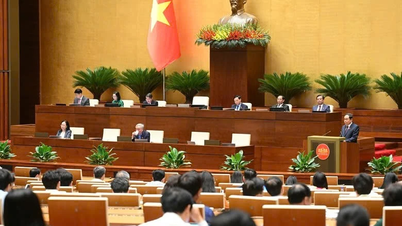

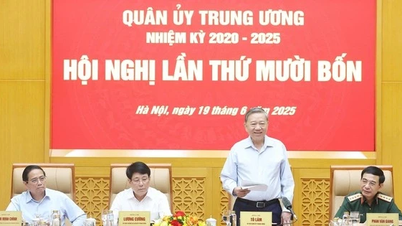

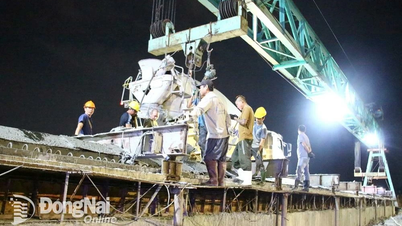












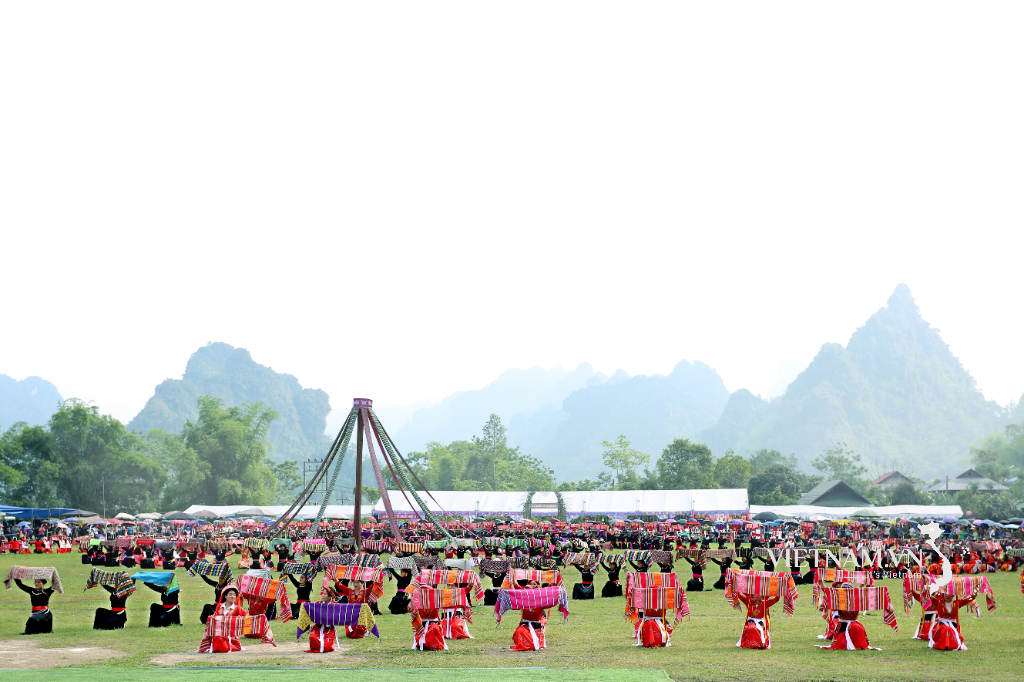
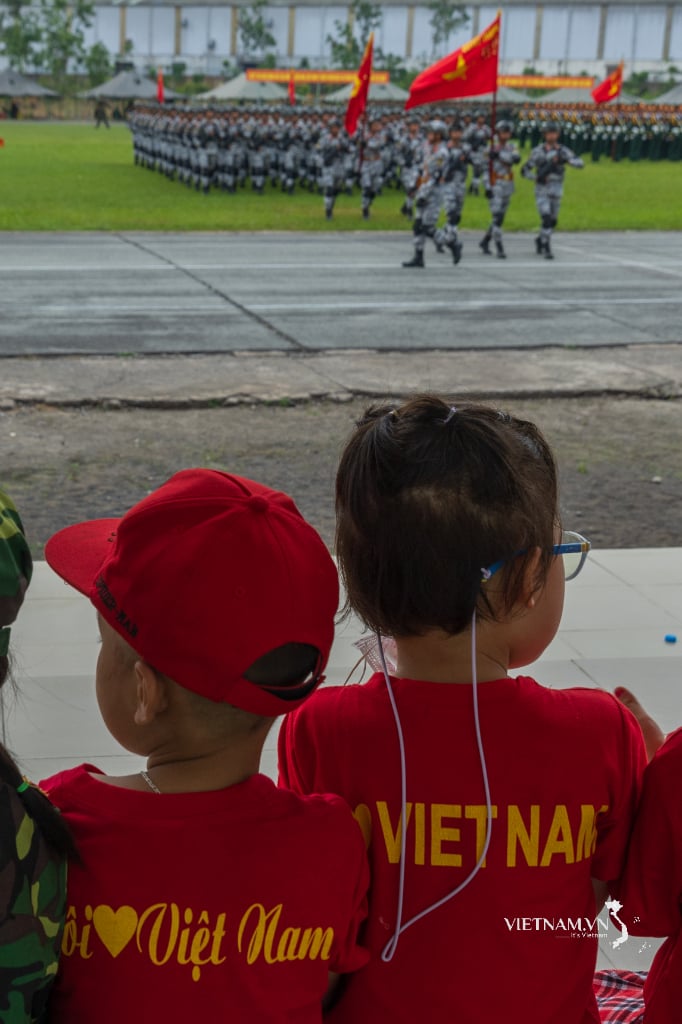


Comment (0)